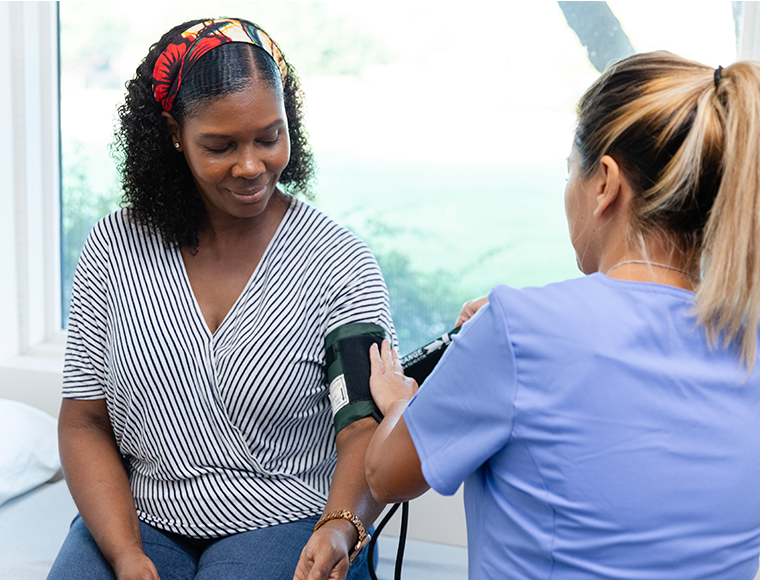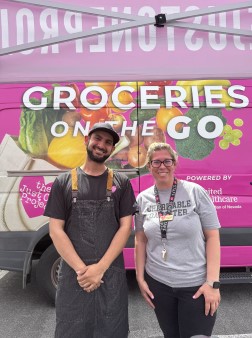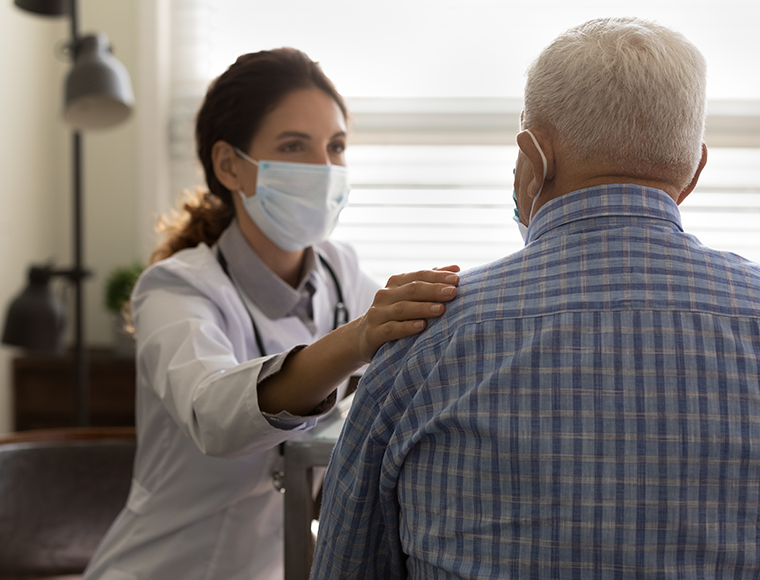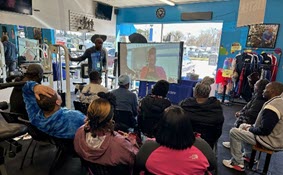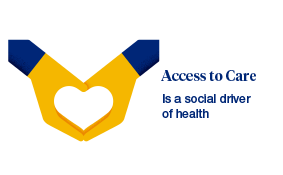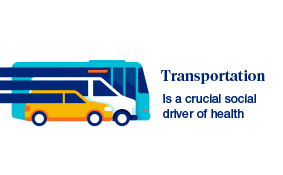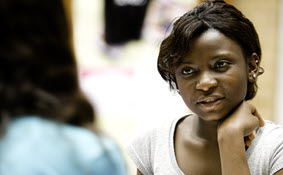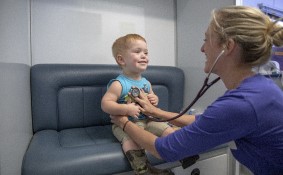On August 8th, 2024, we hosted a live webcast featuring President & CEO of Community Health Centers, Dr. Debra Andree, and UnitedHealthcare Community & State's Dr. Arethusa Kirk.
Article Template
At UnitedHealthcare Community & State, we recognize the vital role that Federally Qualified Health Centers (FQHCs) play in our communities.
FQHCs are federally funded nonprofit health centers or clinics dedicated to serving medically underserved areas and populations. These centers provide primary care services to all patients, regardless of their ability to pay, and originated as a strategy to combat poverty under the Federal Office of Economic Opportunity. By empowering local communities to provide health services, FQHCs have significantly improved the lives of many residents.
The growth of FQHCs over the years is notable. From serving approximately 500,000 patients in 1975, these health centers now reach 29 million individuals across 1,400 community health centers1,2
The number of patients served has grown from around 500,000 in 1975 to 29 million across 1,400 community health centers in 2021. The nation’s health centers now serve nearly 1 in 10 people, making FQHCs the largest primary care network.
In this webcast, the role of managed care organizations and misconceptions about what services FQHCs provide
“Sandy and the team at Winn CHC go above and beyond to care for our members. With every engagement Sandy has with a patient she is looking at how to improve their whole health and that include things like food and housing, much more than just healthcare.”
Dinah Walker
Clinical Transformation Consultant, UnitedHealthcare Community Plan of Lousiana
In 1965 the nation’s first community health centers were launched as a small demonstration program as part of the President Johnson’s Office of Economic Opportunity. With roots in the both the civil rights movement and the War on Poverty, the earliest health centers had as their mission no less than using the health care system to change the health and lives of their communities’ residents.
In 1965 the nation’s first community health centers were launched as a small demonstration program as part of the President Johnson’s Office of Economic Opportunity. With roots in the both the civil rights movement and the War on Poverty, the earliest health centers had as their mission no less than using the health care system to change the health and lives of their communities’ residents.
Since their early days, health centers have flourished as perhaps few would imagine. In 2020, about 1,400 community health centers provided health care to more than 29 million people throughout the 50 states, the District of Columbia, and the U.S. territories.
For over a decade, UnitedHealthcare Community & State’s National Advisory Board has been dedicated to improving care for older people and people living with disabilities.
At UnitedHealthcare Community & State, we recognize the vital role that Federally Qualified Health Centers (FQHCs) play in our communities. FQHCs are federally funded
The growth of FQHCs over the years is notable. From serving approximately 500,000 patients in 1975, these health centers now reach 29 million individuals across 1,400 community health centers
Test yourself! Take the Child Welfare and Juvenile Justice Systems knowledge quiz.
How many children and youth live in foster care, group homes, or residential or institutional settings and are part of the child welfare and juvenile justice systems?
Correct!
1.4 million children and youth live in foster care, group homes, or residential or institutional settings and are part of the child welfare and juvenile justice systems.
Sorry, that wasn't right.
1.4 million children and youth live in foster care, group homes, or residential or institutional settings and are part of the child welfare and juvenile justice systems.
The child welfare and juvenile justice systems includes individuals who:
Correct!
The child welfare and juvenile justice systems’ population of young people includes individuals who: live in foster care, have transitioned from or aged out foster care; are in the adoption system; or are in the custody of the juvenile justice system.
Sorry, that wasn't right.
The child welfare and juvenile justice systems’ population of young people includes individuals who: live in foster care, have transitioned from or aged out foster care; are in the adoption system; or are in the custody of the juvenile justice system.
